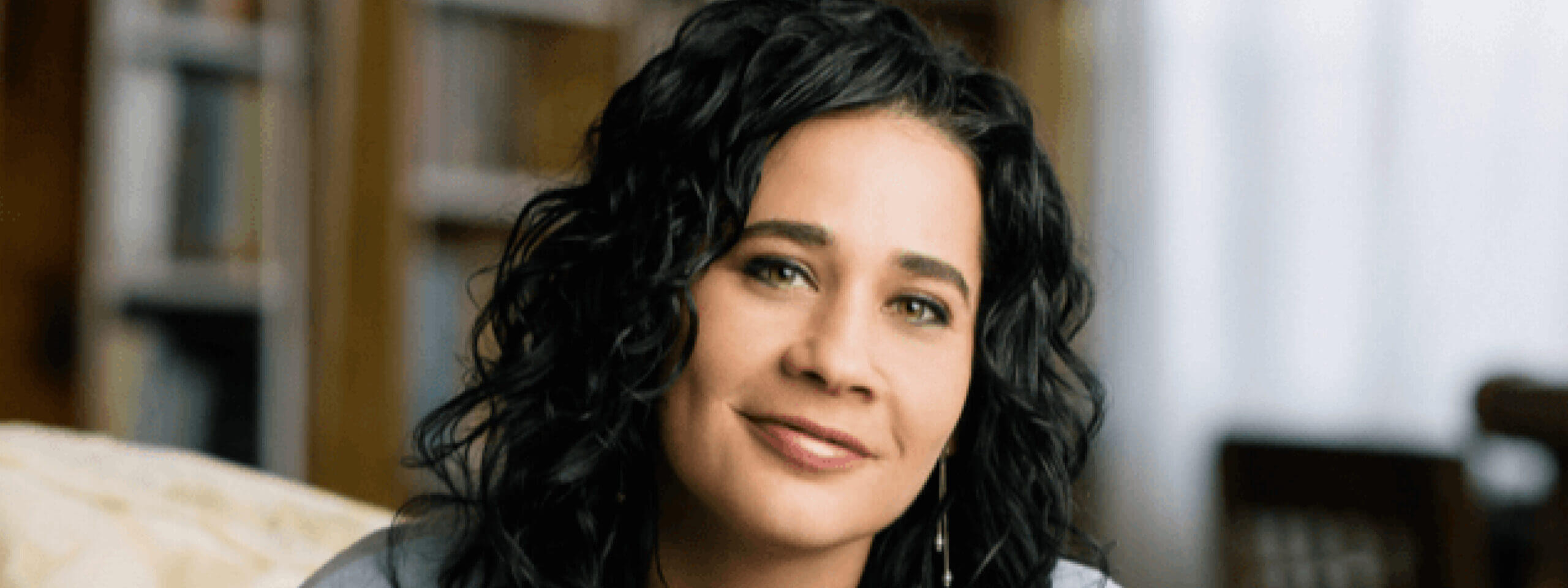Though invisible to many, human trafficking is one of the more significant issues facing Ontarians. According to the provincial government, Ontario is a major centre for human trafficking and accounts for more than two-thirds of cases nationally. Most of these cases involve sexual exploitation.
Casandra Diamond is a leading advocate in the fight against human trafficking. She is the founding director of BridgeNorth Women’s Mentorship & Advocacy Service, a survivor-led charitable organization that seeks to end sexual exploitation in Canada. In May, Casandra delivered a keynote address on human trafficking at the College’s 2018 Annual Meeting and Education Day. She is also the keynote speaker at this year’s Educational Forums in North Bay and Kingston.
A survivor herself, Casandra knows firsthand the dynamics and culture of the sex trade. She is acutely aware of the needs of women who are trying to flee the industry’s clutches.
Q: What inspired you to become an anti-human trafficking advocate?
As a victim of this crime, I know firsthand the hardships and violence suffered while being trafficked. Only after exiting did I experience a life without violence and wanted to share that with those I had just spent the last 10 years of my life with. I wanted to reach out and assist other women to let them know that they had better options.
I want Canadians to understand that this is a problem that young girls face in our society. I saw that predators had free rein to exploit me and others like me because people did not even realize what was happening in our own society.
Q: Can you describe the human cost?
The cost is absolutely human. It’s physical and psychological. Trafficked persons experience very harsh living conditions. Traffickers often withhold the necessities of life, denying their victims food and sleep and forcing them to work long hours. A trafficked person begins to feel as if society has turned against them and they stop trying to be “normal.”
Many people eventually get out of the industry, but not everyone comes out intact. We’re talking about having branding tattoos, broken teeth and bones, being HIV positive. But the effects are not only physical. Victims of human trafficking also have high rates of PTSD, dissociation, mental illness and suicide. I know of five women from my experience who were either murdered or died by suicide. The effects are lifelong and the damage is often permanent.
Q: Who is most at risk/vulnerable to human trafficking?
Being a young female is the primary risk factor for human trafficking. Individuals from the child welfare system and those who have suffered abuse as children, especially sexual abuse, are most vulnerable.
That being said, I see many more girls from “mainstream society” in the sex industry. I believe there are many factors that contribute to this, not the least of these being the hyper-sexualization of our current culture. Also, the internet and social media have made it easier for traffickers to groom and lure potential victims. Before, people were warned to avoid certain places, but now traffickers can be found on common social media platforms like Instagram and Snapchat.
Q: How can social workers and social service workers help those exploited by human trafficking?
Social workers and social service workers can help by learning to identify the signs of trafficked persons. This includes better understanding its culture. You [social workers and social service workers] have unique access to trafficked persons, as you are involved in child welfare, justice and healthcare systems, where trafficked persons and those at risk of being trafficked can often be found.
The social worker or social service worker is one of the few people a trafficked person will communicate with outside of the industry. That’s why it’s essential for you to approach these individuals intelligently and with empathy, in order to develop trusting relationships.
Q: What are the common misperceptions of human trafficking?
There are many major misperceptions when it comes to the sex trafficking industry. These include: one, the belief that cross-border travel is a requirement of human trafficking. The majority of trafficked persons in Canada are Canadian citizens.
Two, trafficked persons can always leave the industry if they want to. This isn’t true, as traffickers often maintain control of their victims by resorting to emotional manipulation, abuse and debt bondage.
And three, that all sex traffickers are male. Though the vast majority of sex traffickers are young and male, some are female – many of whom are still victims themselves.
Q: What resources are available to social workers and social service workers and others who want to learn more about human trafficking?
The Ministry of Children, Community and Social Services has a webpage with information and local resources plus a confidential, toll-free helpline at 1-833-999-9211.
MCIS Language Solutions offers free online training resources, tips and tools at http://helpingtraffickedpersons.org/
The Chrysalis Anti-Human Trafficking Network (www.chrysalisnetwork.org) offers free confidential telephone counselling service to women, men and youth who have been trafficked.
The College would like to thank Casandra Diamond for granting us this interview. If you have practice-related questions concerning the subject of human trafficking, please contact the College’s Professional Practice Department at practice@ocswssw.org.


